ESSENTIAL EQUIPMENT FOR PHOTOGRAPHY BEGINNERS
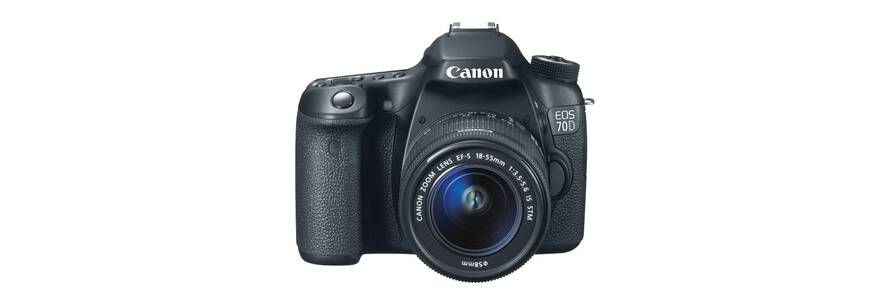
What you really need
if you’re new to photography, are on a tight budget and are looking for some all-around, bare minimum essentials, here are the six pieces of equipment you absolutely must have:
a camera
a lens
a memory card
a carrying case
a computer
access to editing software
picr-blog-the-bare-minimum-02
The Camera
A digital single-lens reflex (DSLR) camera is perhaps the best general-purpose choice, though micro four thirds cameras (MFT or M43) have emerged over the last few years as a respectable alternative. MFTs are smaller than DSLRs in terms of not only physical bulk and weight, but frame size and capacity. That means they’re easier to carry around, but can’t always deliver the highest-quality images. I’m only scratching the surface here—for a fuller comparison between DSLR and MFT, check out TechRadar.
Whatever camera you buy, make sure to consider its condition, body shape and size, and manufacturer. Nikon and Canon are trusted brands for a reason—they create reliable products that integrate well with a variety of lenses and add-ons (MFTs are even more customizable)—but be aware that if you choose one for your camera, you’ll need to stick with it for basically everything else.
Lenses
Beginners only need one good lens to jumpstart their careers. Your kit lens is what’s included with your camera, and likely the lens you’ll be using the most, at least while starting out. These standard lenses typically have large focal lengths and are designed for medium- to close-range photography, making them a decent all-around option.
However, if you have the money to spend, you may want to consider investing in a couple alternatives, such as a prime portrait lens and a wide angle zoom lens.
A prime lens is a lens with a fixed focal length, meaning it doesn’t let you zoom in or out. Prime lenses come in all focal lengths, from 14mm to 500mm, but unless you intend to shoot enormous nature scenes or intense sports or wildlife action, go with a standard or portrait (85mm) lens. Your portraits will look sharper and you’ll be able to take them faster—an ideal combination for weddings and parties.
A telephoto lens (70-200mm) can also produce superb portraits, but may cost thousands. Both Canon and Nikon offer fairly priced 50mm lenses that outperform any kit lens, and which many photographers completely overlook. Finally, with a wide angle zoom lens, you’ll be able to produce outstanding landscape photography, as well as anything that necessitates a large depth of field.
No matter what, do your homework before buying lenses for your kit. Lenses vary wildly by zoom level, aperture size, and—of course—price, as well as use: a lens might be made for macro photography, images taken from a great distance, rapidly moving subjects, or discreet shots.
Memory Card
The major differentiating factor with memory cards is size. Cards with larger capacities hold more images, but smaller cards are cheaper. It’s a good idea to start with multiple smaller cards in the 8–16GB range. Although you get more storage room for your buck on the mid- to large-sized end (32–64GB), you won’t lose all of your photos if a memory card malfunctions.
Carrying Case
Even if you don’t intend to travel more than five miles from your home, you need some kind of carrying case. Between backpacks, shoulder bags, and suitcases, you have several options. Buy something new, lightweight, and waterproof, with padded dividers. What matters is that it holds up and doesn’t weigh you or your gear down. Don’t spend more than $100 unless you plan on taking a flight every weekend.
The Computer
It’s 2016, and no one really cares if you use a Mac or PC. Whatever your brand preference, make sure you’re using a computer with enough RAM to handle photo editing software.
Whether you’re using a laptop or a desktop, a good monitor is essential. If you have an old monitor (think pre-2013), you’re going to need a new one. Choose one with a sizable screen (the bigger the better) and high resolution (2560×1440 or above), and make sure it can accurately display colors.
Editing Software
Photoshop remains the norm, and many professionals supplement it with Lightroom—another Adobe application that allows you to organize your work, create presets, and batch process your images.
Alternatives to Photoshop and Lightroom do exist, and one these alternatives may be a better fit for your needs if you’re low on cash and don’t need as many features.
Other Essentials
If you have some room left over in your budget after buying your camera, lenses, memory card, carrying case, computer, monitor, and software, think about purchasing one or all of the following:
off camera flash
a tripod
an image editing tablet and pen
an external hard drive or cloud storage (e.g. Dropbox) plan
backup equipment
-(275x62)_1.jpg)
.jpg)
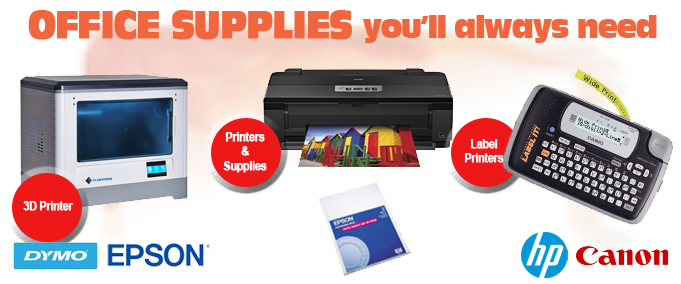
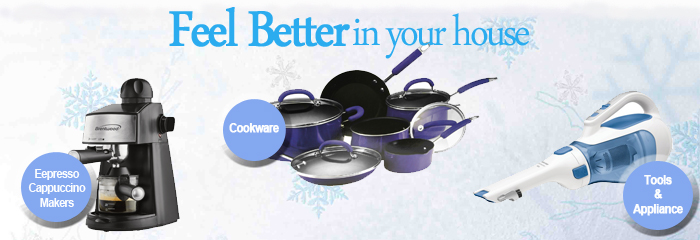


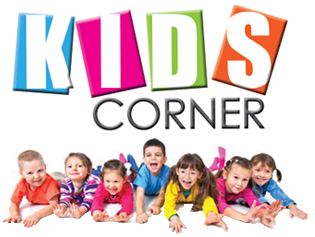
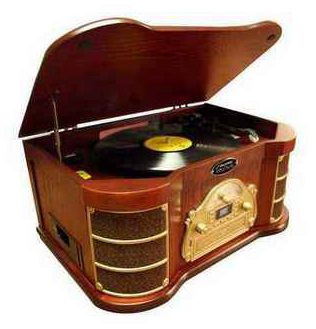
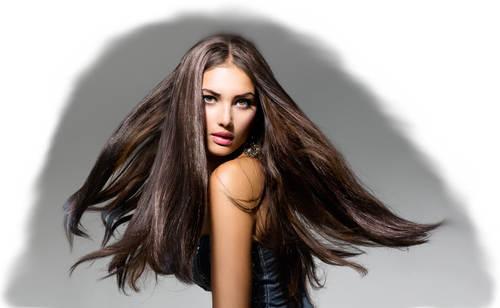


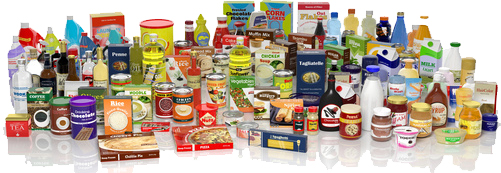
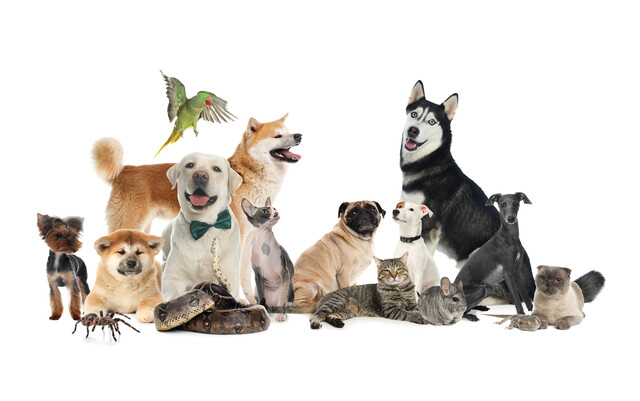
.png)
.png)

